Create an Email Lead Magnet Nurturing Sequence: A Guide

Truth: not all visitors to your site are ready to purchase immediately.
Reality: only 3% of your target audience is ready to buy at any given moment.
Consumers have a hard time trusting businesses right away - they've likely made a few bad purchase decisions in their lifetime and don't want to make those same mistakes again.
To convince these consumers that you won't burn them like the others, you have to build trust and connection.
Lead nurturing emails allow you to do just that - through showing a personal vested interest in your customer and educating them on your product.
The low-down
Let’s first get familiar with lead nurturing emails and break down some of the basics:
What Is A Lead Nurturing Email?
Nurturing emails are a series of emails that that suit the needs of your customers based on where they are at in their buyer journey.
These emails are typically full of useful content and information and can be designed to promote a number of different offerings - such as marketing materials, website content, discounted deals, etc.
By creating targeted, segmented emails, you show your customer that you are aware of their interests which can help with conversions.
Real World Examples: Create an Email Lead Magnet Nurturing Sequence
Danavir Sarria, founder of CopyMonk. provides us with the 3-phase nurturing funnel they use to scale ecommerce brands.
- The Pre-Purchase Phase
- The Intra-Purchase Phase
- The Post-Purchase Phase
He breaks it all down for us below:
The Pre-Purchase Phase
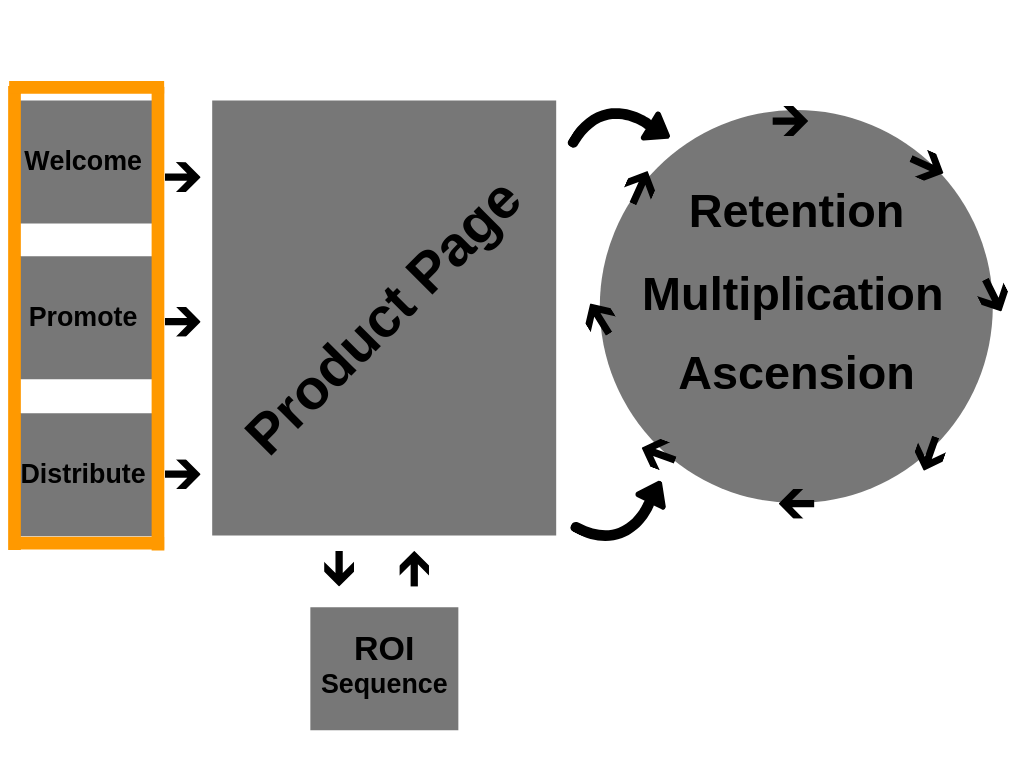
In the pre-purchase phase, the goal is to turn free subscribers into paying customers.
The emails that make up this phase include…
- The Welcome Sequence
- Promotional Campaigns
- Content Distribution
This phase is the most well-known and simplest part of the entire process, but don’t be fooled. The magic behind it isn’t the types of emails you should be sending. Instead, it’s all about the messaging pillars that takes a new subscriber through the entire buyer’s journey until they decide to purchase.
Here’s what I mean…
Every new subscriber starts with going through a “Welcome” flow.
The point of the Welcome flow isn’t to hit them with a 10% off coupon code though.
Instead, what you want to do is to send at least 3-5 emails where you answer the most important questions new customers will have about your brand. This includes, “who are you, what do you do, why should I buy from you, and why should I buy right now?”. In other words, emails that talk about your brand positioning, origin story, endorsements, risk reversals, product USP’s, pillar content, and more.
PRO TIP: The point is to introduce subscribers to your brand by giving them the biggest reasons why they should buy from you WITHOUT relying on low prices. There’s nothing wrong with a discount code, but if the main reason they should buy from you versus competitors is that you’re cheaper, you probably should go back to the drawing board.
The next step involves your main promotional campaigns.
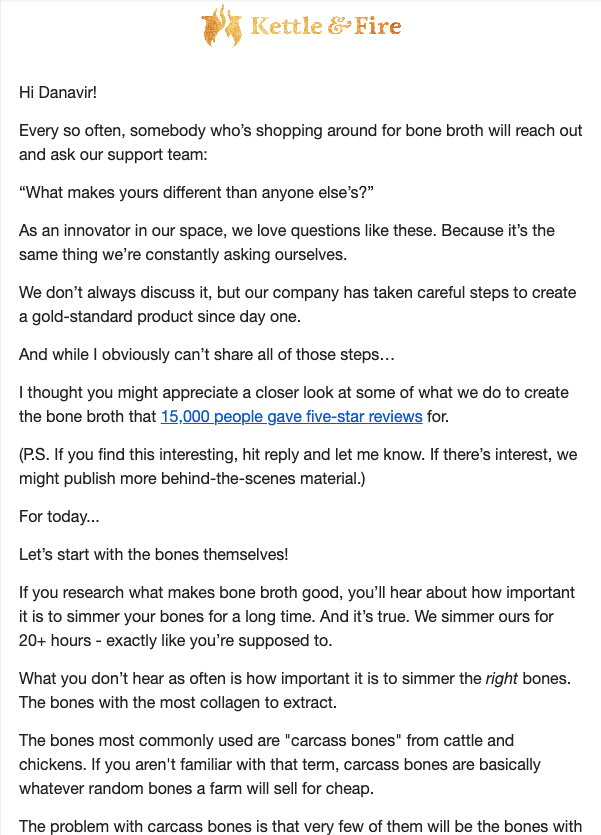
These are your standard transactional emails, but with a slight twist. The major mistake most brands make is relying on constant discounts to make the sale. Instead, the goal is to test for your most powerful sales triggers. Examples include urgency through bundles, scarcity through bonuses, greed through price anchoring, status through endorsements, promotion through logic, engagement through storytelling, curiosity through sample packs, and more.
Above is an email from Kettle & Fire that uses their USP instead of discounts to sell.
And finally, your content distribution.
In total, you should be sending around 2-3 emails to your list per week. And one way to get your touchpoint up while nurturing your list is by promoting content every week. This can be your own original content on Youtube, a curated newsletter, or something else. As long as it’s good, relevant content, it will work. Bonus points if it creates demand for the product you are soft-selling in the same email.
PRO TIP: Don’t think like a product brand that sends out content to “nurture” your list. Instead, think of yourself as a media property that delivers weekly content to an audience hungry for your information.
The Intra-Purchase Phase
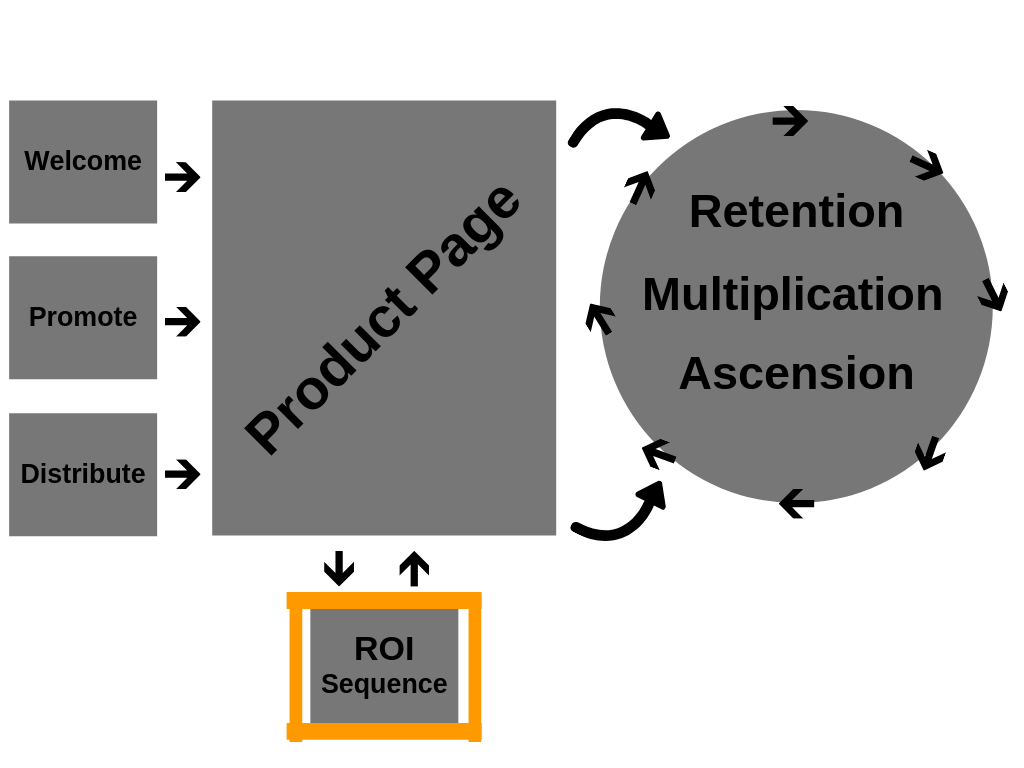
In the intra-purchase phase, the goal is to recover a lost customer.
If your idea of a cart abandonment sequence is a discount though, then you’re doing it wrong. In fact, you’re doing the exact opposite of what you should be doing.
As a general rule, never ever send a discount in the first 2 emails of a recovery sequence.
Instead, you need to use something we call the “ROI sequence”
- Reminder
- Objection
- Incentive
This 3-5 part email sequence doesn’t rely on price to get someone to buy. Instead, the goal is to give other, potentially stronger “reasons why” to make the sale before resorting to discounts.
Here’s how it works...
The first email is a reminder email.
After 1 hour, you need to send an email reminding your customer that they didn’t finish ordering. However, don’t make it a simple “come back” email. What you really want to do is to find out WHY they stopped ordering. So ask them “why” and get ready to close the sale through your email replies or chat. At the bottom of your email, make sure to give them a reason to finish their order right now and end the email with a call to action.
PRO TIP: Keep this email as short and simple as possible. This will lead to more email replies.
The second email is an objection email.
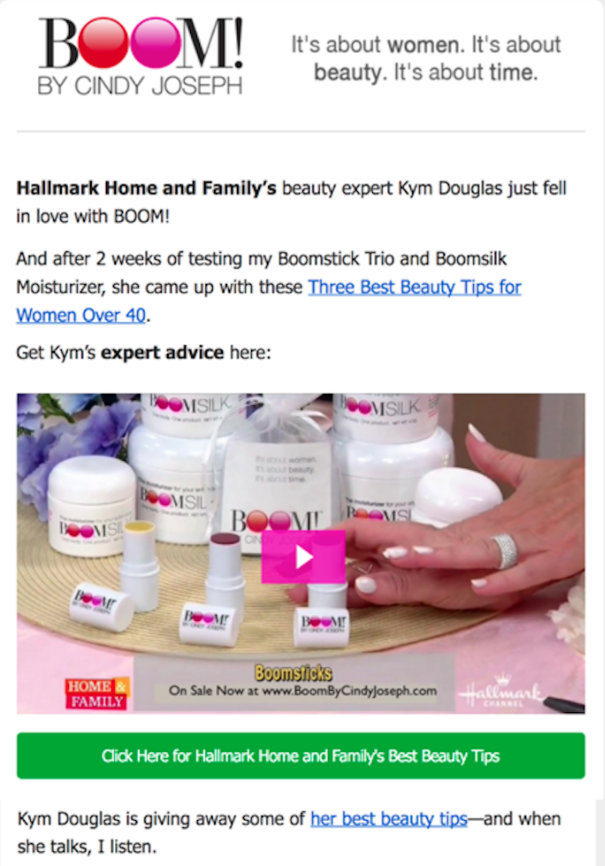
In this email, you’re answering the biggest question someone would have about your product before buying. This could be anything from answering a common burning question or FAQ to a demonstration video or testimonial graphic. The point is to get them to hop off the fence by re-affirming why your product is the only product that will solve their problem. If you need more than 1 email to make this happen, do it.
Above is an example of this from Boom! using content and social proof.
The third email is where you finally offer a compelling incentive.
The most common incentive is a discount. They definitely work and by the time they get to this email, you’ve done everything you can to close the sales with your price in-tacked. So if you want to offer a discount at this point, go for it. However, keep in mind it’s not the only incentive. We recommend testing other incentives as well, especially if you’re a premium priced brand. This includes free bonuses, free shipping, free trials, extended guarantees, payment plans, or any other form of offer enhancement.
PRO TIP: I love free gift cards as a way to replace discounts. It doesn’t always work, but when it does, you save your margin on the initial purchase while encouraging future purchases at the same time. They’re perfect for both the pre-purchase and intra-purchase phases. You can also reposition a discount as a gift card they can cash in immediately. This way, it removes the expectation of discounting.
The Post-Purchase Phase
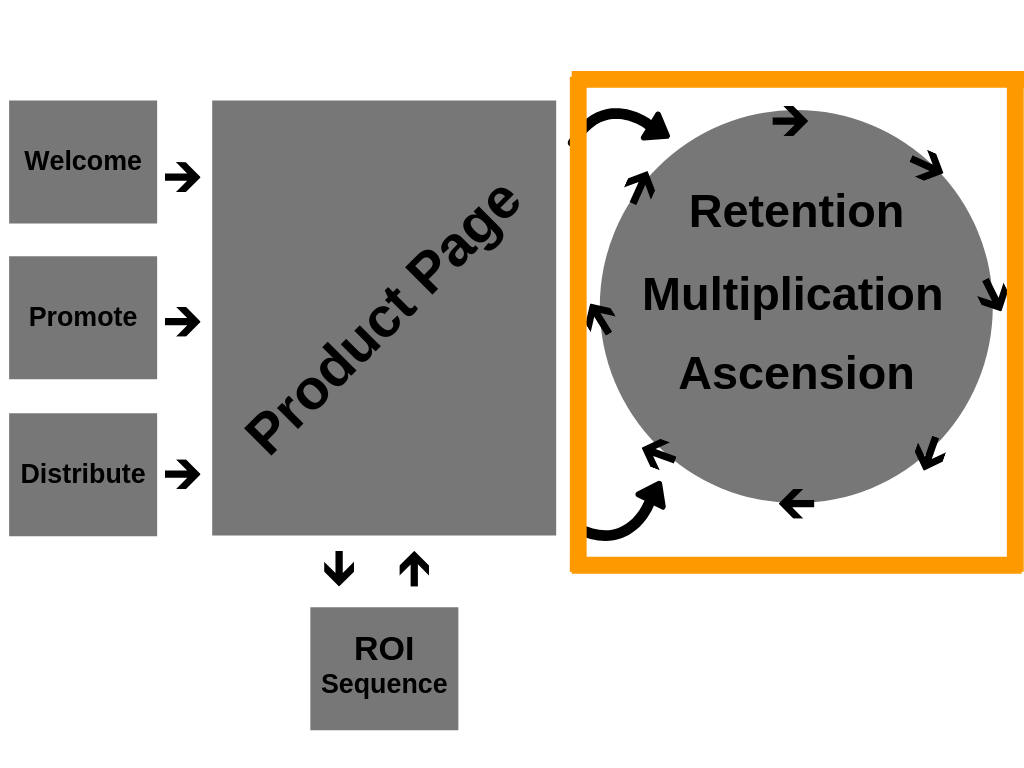
So your subscriber has gone from lead to paying customer.
Now your job is make them buy as many additional products as they can handle. In other words, you want to maximize and accelerate the LTV of every customer.
To do that, you have 3 options…
- Retention
- Multiplication
- Ascension
Retention campaigns are for replenishing or upselling what they just bought.
If you’re a subscription company, this is critical. However, even if you’re not a subscription company, it’s still your lowest hanging fruit campaign since the easiest and most profitable offer to make to a customer is to have them buy more of what they just purchased.
For example, if someone bought a bottle of protein powder, here is where you make sure they receive an email 20 days after their purchase to replenish their stock. You could also upsell them a bundle of 6 with a discount or get them on a subscription plan. If they’re already on a subscription plan, then upsell them to the yearly plan or upgraded version of their existing plan...etc
Multiplication campaigns are for cross-selling complementary products.
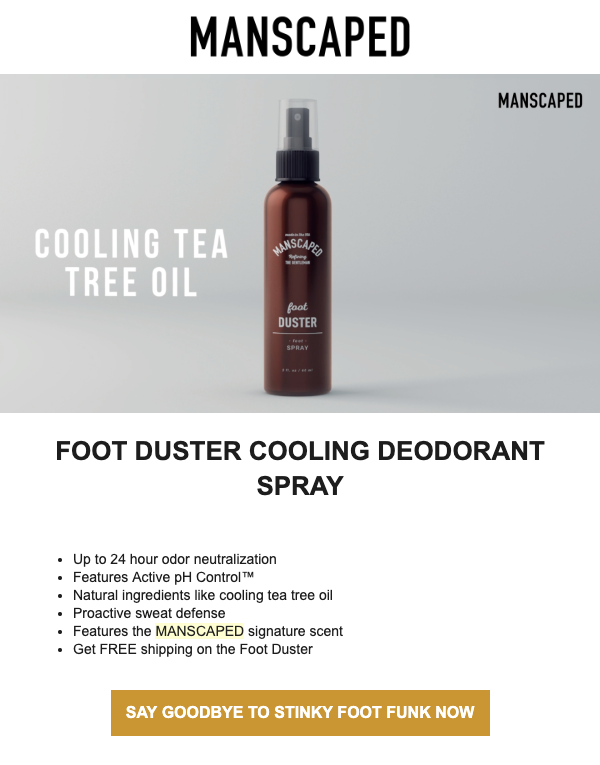
For example, if someone bought a workout shirt, here is where you would offer workout shorts. Typically, you are going to do this anyway to your main list of subscribers, so if you do this to your customer list, give them a good reason why to buy now. Some examples include exclusive VIP offers, first dibs on new product releases or “people who bought x, bought Y” promotions.
Above is an example of one of Manscape’s cross-sell emails.
Ascension campaigns for promoting higher ticket offers.
Here is where some of the biggest piles of cash are to be made. Bundles, legacy offers, and more expensive products are obviously great here, but don’t stop there. Here is where you want to take advantage of promoting events, coaching, or other forms of monetization as well. A great example of this is Bulletproof’s $6,497 certification to become a life coach. Again, feel free to promote these offers to your main list as well.
PRO TIP: Every business with more than 3-5 products should have a legacy offer. A legacy offer is essentially a multi-month supply of every product you offer into a well-positioned package. For example, if you sell protein, creatine, BCAA’s, and pre-workout, you should put together a 4 month supply of each into a package and call it your “Muscle Building System” with a 120-day guarantee, 15% off discount, free digital training program, free digital nutrition program, free protein shaker bottle, and free shirt. Sell the result, not the “bundle savings”. And ideally, you want the cost for the entire package to be $500+ so you can see a big payday. Mail this offer out to your customer list once every 4-6 months.
Real World Example Of A Lead Nurturing Sequence
Danavir Sarria, founder of CopyMonk. provides us with the 3-phase nurturing funnel they use to scale ecommerce brands.
- The Pre-Purchase Phase
- The Intra-Purchase Phase
- The Post-Purchase Phase
He breaks it all down for us below:
The Pre-Purchase Phase

In the pre-purchase phase, the goal is to turn free subscribers into paying customers.
The emails that make up this phase include…
- The Welcome Sequence
- Promotional Campaigns
- Content Distribution
This phase is the most well-known and simplest part of the entire process, but don’t be fooled. The magic behind it isn’t the types of emails you should be sending. Instead, it’s all about the messaging pillars that takes a new subscriber through the entire buyer’s journey until they decide to purchase.
Here’s what I mean…
Every new subscriber starts with going through a “Welcome” flow.
The point of the Welcome flow isn’t to hit them with a 10% off coupon code though.
Instead, what you want to do is to send at least 3-5 emails where you answer the most important questions new customers will have about your brand. This includes, “who are you, what do you do, why should I buy from you, and why should I buy right now?”. In other words, emails that talk about your brand positioning, origin story, endorsements, risk reversals, product USP’s, pillar content, and more.
PRO TIP: The point is to introduce subscribers to your brand by giving them the biggest reasons why they should buy from you WITHOUT relying on low prices. There’s nothing wrong with a discount code, but if the main reason they should buy from you versus competitors is that you’re cheaper, you probably should go back to the drawing board.
The next step involves your main promotional campaigns.

These are your standard transactional emails, but with a slight twist. The major mistake most brands make is relying on constant discounts to make the sale. Instead, the goal is to test for your most powerful sales triggers. Examples include urgency through bundles, scarcity through bonuses, greed through price anchoring, status through endorsements, promotion through logic, engagement through storytelling, curiosity through sample packs, and more.
Above is an email from Kettle & Fire that uses their USP instead of discounts to sell.
And finally, your content distribution.
In total, you should be sending around 2-3 emails to your list per week. And one way to get your touchpoint up while nurturing your list is by promoting content every week. This can be your own original content on Youtube, a curated newsletter, or something else. As long as it’s good, relevant content, it will work. Bonus points if it creates demand for the product you are soft-selling in the same email.
PRO TIP: Don’t think like a product brand that sends out content to “nurture” your list. Instead, think of yourself as a media property that delivers weekly content to an audience hungry for your information.
The Intra-Purchase Phase

In the intra-purchase phase, the goal is to recover a lost customer.
If your idea of a cart abandonment sequence is a discount though, then you’re doing it wrong. In fact, you’re doing the exact opposite of what you should be doing.
As a general rule, never ever send a discount in the first 2 emails of a recovery sequence.
Instead, you need to use something we call the “ROI sequence”
- Reminder
- Objection
- Incentive
This 3-5 part email sequence doesn’t rely on price to get someone to buy. Instead, the goal is to give other, potentially stronger “reasons why” to make the sale before resorting to discounts.
Here’s how it works...
The first email is a reminder email.
After 1 hour, you need to send an email reminding your customer that they didn’t finish ordering. However, don’t make it a simple “come back” email. What you really want to do is to find out WHY they stopped ordering. So ask them “why” and get ready to close the sale through your email replies or chat. At the bottom of your email, make sure to give them a reason to finish their order right now and end the email with a call to action.
PRO TIP: Keep this email as short and simple as possible. This will lead to more email replies.
The second email is an objection email.

In this email, you’re answering the biggest question someone would have about your product before buying. This could be anything from answering a common burning question or FAQ to a demonstration video or testimonial graphic. The point is to get them to hop off the fence by re-affirming why your product is the only product that will solve their problem. If you need more than 1 email to make this happen, do it.
Above is an example of this from Boom! using content and social proof.
The third email is where you finally offer a compelling incentive.
The most common incentive is a discount. They definitely work and by the time they get to this email, you’ve done everything you can to close the sales with your price in-tacked. So if you want to offer a discount at this point, go for it. However, keep in mind it’s not the only incentive. We recommend testing other incentives as well, especially if you’re a premium priced brand. This includes free bonuses, free shipping, free trials, extended guarantees, payment plans, or any other form of offer enhancement.
PRO TIP: I love free gift cards as a way to replace discounts. It doesn’t always work, but when it does, you save your margin on the initial purchase while encouraging future purchases at the same time. They’re perfect for both the pre-purchase and intra-purchase phases. You can also reposition a discount as a gift card they can cash in immediately. This way, it removes the expectation of discounting.
The Post-Purchase Phase

So your subscriber has gone from lead to paying customer.
Now your job is make them buy as many additional products as they can handle. In other words, you want to maximize and accelerate the LTV of every customer.
To do that, you have 3 options…
- Retention
- Multiplication
- Ascension
Retention campaigns are for replenishing or upselling what they just bought.
If you’re a subscription company, this is critical. However, even if you’re not a subscription company, it’s still your lowest hanging fruit campaign since the easiest and most profitable offer to make to a customer is to have them buy more of what they just purchased.
For example, if someone bought a bottle of protein powder, here is where you make sure they receive an email 20 days after their purchase to replenish their stock. You could also upsell them a bundle of 6 with a discount or get them on a subscription plan. If they’re already on a subscription plan, then upsell them to the yearly plan or upgraded version of their existing plan...etc
Multiplication campaigns are for cross-selling complementary products.

For example, if someone bought a workout shirt, here is where you would offer workout shorts. Typically, you are going to do this anyway to your main list of subscribers, so if you do this to your customer list, give them a good reason why to buy now. Some examples include exclusive VIP offers, first dibs on new product releases or “people who bought x, bought Y” promotions.
Above is an example of one of Manscape’s cross-sell emails.
Ascension campaigns for promoting higher ticket offers.
Here is where some of the biggest piles of cash are to be made. Bundles, legacy offers, and more expensive products are obviously great here, but don’t stop there. Here is where you want to take advantage of promoting events, coaching, or other forms of monetization as well. A great example of this is Bulletproof’s $6,497 certification to become a life coach. Again, feel free to promote these offers to your main list as well.
PRO TIP: Every business with more than 3-5 products should have a legacy offer. A legacy offer is essentially a multi-month supply of every product you offer into a well-positioned package. For example, if you sell protein, creatine, BCAA’s, and pre-workout, you should put together a 4 month supply of each into a package and call it your “Muscle Building System” with a 120-day guarantee, 15% off discount, free digital training program, free digital nutrition program, free protein shaker bottle, and free shirt. Sell the result, not the “bundle savings”. And ideally, you want the cost for the entire package to be $500+ so you can see a big payday. Mail this offer out to your customer list once every 4-6 months.

Download the report and join our email newsletter packed with business ideas and money-making opportunities, backed by real-life case studies.

Download the report and join our email newsletter packed with business ideas and money-making opportunities, backed by real-life case studies.

Download the report and join our email newsletter packed with business ideas and money-making opportunities, backed by real-life case studies.

Download the report and join our email newsletter packed with business ideas and money-making opportunities, backed by real-life case studies.

Download the report and join our email newsletter packed with business ideas and money-making opportunities, backed by real-life case studies.

Download the report and join our email newsletter packed with business ideas and money-making opportunities, backed by real-life case studies.

Download the report and join our email newsletter packed with business ideas and money-making opportunities, backed by real-life case studies.

Download the report and join our email newsletter packed with business ideas and money-making opportunities, backed by real-life case studies.
